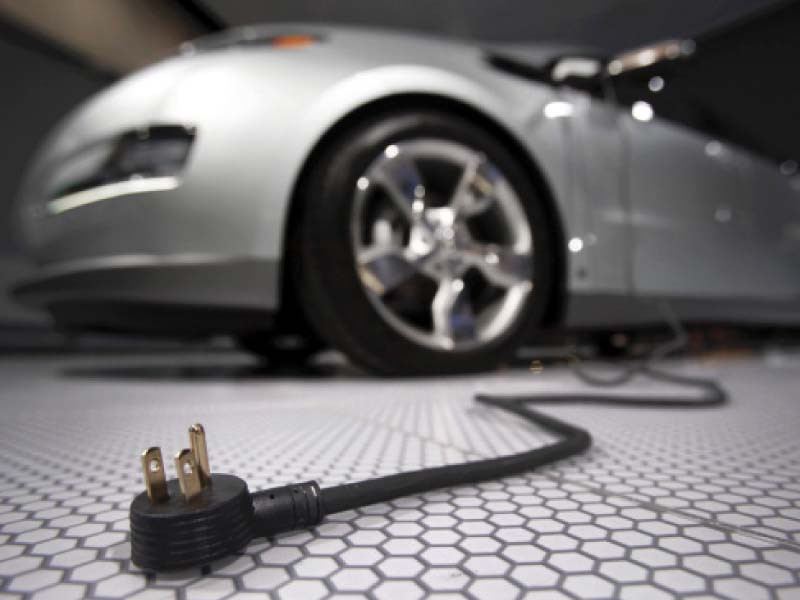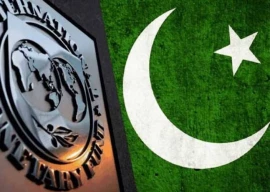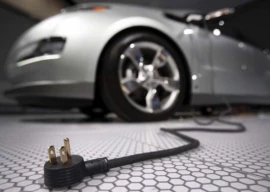
The auto industry is undergoing a tectonic shift, transitioning from over a century of dominance by internal combustion engines (ICEVs) to electric vehicles (EVs).
As the earlier starter, China has taken an insurmountable lead and now produces twice as many EVs as the US and the EU combined. Unable to compete, President Biden recently quadrupled tariffs on Chinese-made EVs to 100%.
Similarly, the EU is deliberating levying 30-50% countervailing duties on Chinese EVs. However, unlike the US, the EU is observing due process and acting under WTO rules.
Several developing nations are now emulating China’s policies to establish EV production capacities. Thailand and Indonesia have already surpassed annual production capacities of 250,000 EVs each.
India recently unveiled a new EV policy, offering numerous incentives to any EV manufacturers committing a minimum investment of $500 million.
Meanwhile, Morocco, a newcomer to the automotive manufacturing scene, is ambitiously targeting a significant share of the EV export market. Capitalising on its advantageous free trade agreements with the EU and the US, along with its strategic geographical position, it has rapidly emerged as a focal point for auto exports.
Starting from zero exports approximately 15 years ago, Morocco’s car exports surged pass $14 billion in 2023.
Despite announcing an EV policy with several incentives five years ago, Pakistan has not attracted any investors for assembling electric cars. The small size of its domestic market, localisation requirements, and the significant initial investment needed may be substantial deterrents.
The three existing major assemblers have also not shown any interest in moving towards EVs or making any effort to increase utilisation of their capacity for achieving export share.
The Special Investment Facilitation Council (SIFC) recently directed the Ministry of Industries to make auto-kit import quotas contingent on achieving some exports. The response of the assemblers was that making imports contingent on exports is illegal under WTO rules.
If the auto industry is not making any efforts to achieve even a minimal level of exports and is not interested in adopting EV technology, the government should look for a fresh approach.
Whether or not we have our own EV assembly facility, it is in our interest to expedite the transition to electric cars. These are at least four times more energy efficient and don’t require regular maintenance as they contain one-hundredth of the moving parts compared to an internal combustion engine. This change can save the country billions of dollars in fuel and auto parts.
In the past, the cost of electric cars was much higher, but now some electric cars, such as China’s BYD Seagull five-door EVs with a 405 km range, are sold at around $10,000, which is lower than the CKD kits of our current cars.
On top of other advantages, they will be a significant factor in reducing pollution and healthcare costs. With the current level of carbon emissions, our major cities have become unliveable.
We can draw lessons from countries that pursued localisation and high tariff protection policies for decades, only to later abandon them due to their detrimental economic effects on the overall economy.
Australia provides a well-documented example. After four decades of attempting to boost domestic industry competitiveness through high tariffs and localisation, they discovered that these strategies led to market fragmentation, higher costs and prices, and lower national income.
Rather than fostering technical innovation and increasing employment in the auto sector, these policies stifled technological progress and reduced jobs in auto production, distribution, and repair.
Pakistan has the potential to become competitive in auto sectors other than cars, particularly in two and three-wheelers, tractors and buses, which are relatively easier to convert to electric technology. These sectors have already achieved significant localisation and are beginning to penetrate export markets.
For instance, Pakistan exported 25,000 motorcycles last year, and is projected to export over 4,000 tractors this year. While traditional top exporters of motorcycles, such as the US, EU and other developed countries, are experiencing a decline in exports of these vehicles, developing nations like Vietnam and India are capturing their market share.
Pakistan has a promising opportunity to expand into the export market for these vehicles, provided it can significantly enhance its collaboration with Chinese companies to leverage modern technology.
If we aim to turn over a new leaf and optimise our limited resources, it is imperative to initiate a fresh approach. Rather than persisting with the outdated auto policy of high tariffs and localisation, which impose hefty costs on consumers and the overall economy, we must align our policies with those of other successful countries.
The writer currently serves as a senior fellow at the Pakistan Institute of Development Economics. Previously, he was Pakistan’s ambassador to the WTO and FAO’s representative to the United Nations
Published in The Express Tribune, June 10th, 2024.
Like Business on Facebook, follow @TribuneBiz on Twitter to stay informed and join in the conversation.


1737361335-0/BeFunky-collage-(3)1737361335-0-165x106.webp)
1737361144-2/tiktok-(1)1737361144-2-165x106.webp)
1737363022-0/fizza-(55)1737363022-0-165x106.webp)




1737325890-0/image-(11)1737325890-0-270x192.webp)





1737188551-0/Untitled-design-(97)1737188551-0-270x192.webp)
1737185197-0/Express-Tribune-(2)1737185197-0-270x192.webp)










COMMENTS (3)
Comments are moderated and generally will be posted if they are on-topic and not abusive.
For more information, please see our Comments FAQ